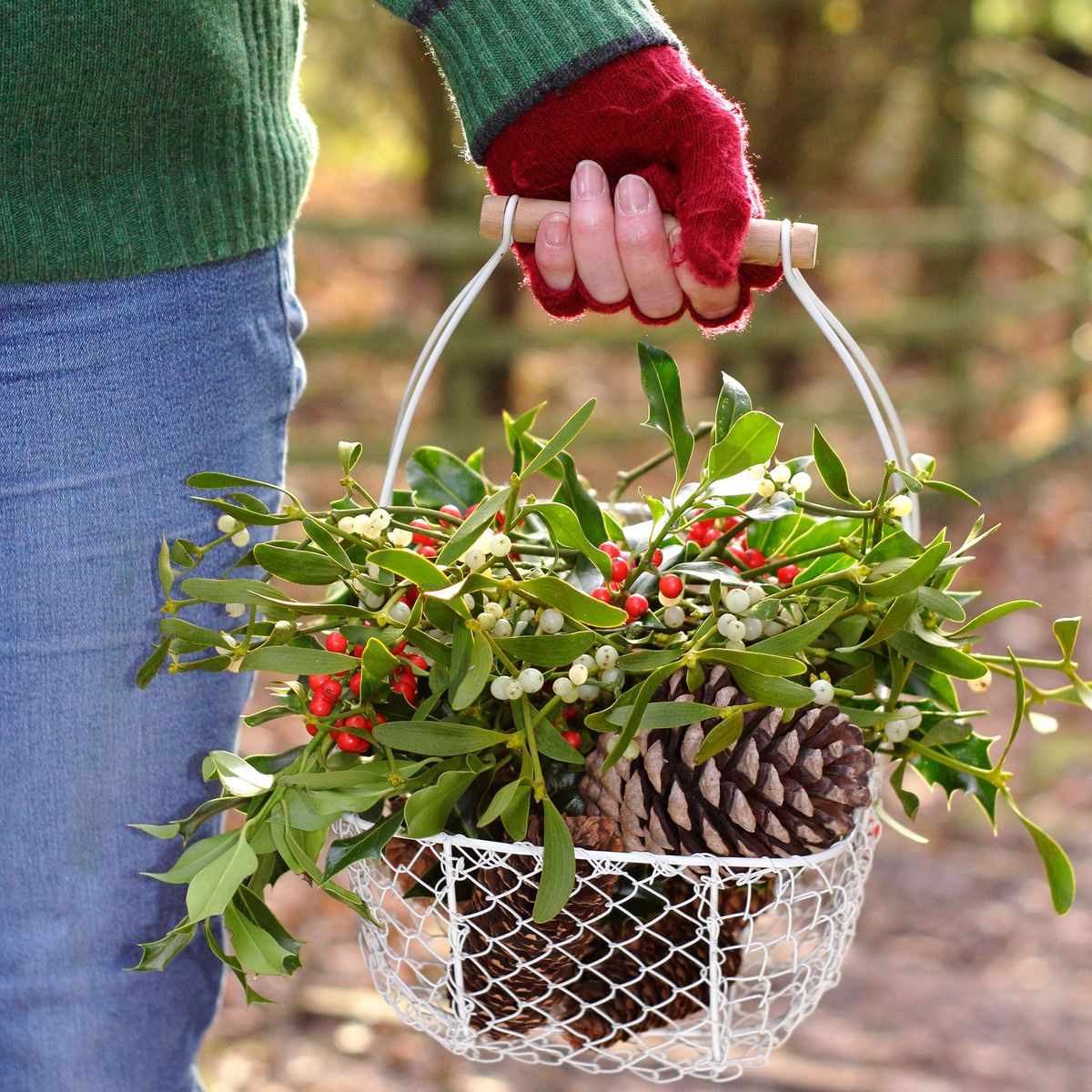Black spots on monstera plants are never good, especially not the raised ones. Brown to black spots can be quite normal on humans and are sometimes even beneficial.
Freckles are pockets of melanin that help protect the skin from UV radiation.
Moles have raised spots that are sometimes linked to skin cancer.
However, a black spot on your monstera is never good, especially not the raised ones.
Why Does My Monstera Have Black Spots?
Black spots on your monstera signify that something has damaged the plant.
Raised black pustules are a more severe sign that indicates your plant has an infection.
Chemical Burns
Fertilizer contains chemical compounds that can leave chemical burns on your plant with direct contact.
Using granulated time-release fertilizers can also lead to burns on the roots if they don’t dissolve quickly.
This can lead to spotting on the leaves due to the damaged roots being unable to absorb nutrients well.
You may need to flush the soil or repot the plant to solve this issue.
Prevent this issue by using liquid-soluble fertilizers. Also, apply your fertilizer, neem soil soaks, or neem cakes away from the plant vine.
Frostbite
Monsteras are tropical plants and don’t handle cold very well.
As a result, the cold can be damaging and manifest over a couple of days.
The leaves may form black pustules as frostbitten cells burst.
The leaves will turn brown to black, resembling sunburn, and may feel soggy due to the cell damage.
Unfortunately, frostbite on plants is deadly to humans, and you’ll need to amputate the damaged leaves.
When you suspect temperatures might drop, move your plants to an area providing protection.
Also, keep your monstera away from sudden draft spots, such as in front of an air conditioner or vent.
Infections, Infestations, And Wet Leaves (Oh My!)
Many different infections involve black spots.
Fungal infections such as sooty mold can appear as brown or black spots where the fungal spores are developing.
Pustules may also form as fungal spores develop. Remove these leaves before the bumps burst and spread more spores.
But fungal infections likely signal an underlying problem.
Wet Leaves And Fungus
One of the most common triggers for fungal growth is wet leaves.
In nature, plants get wet all the time, and you’ll be getting your leaves wet whenever you wipe them down.
However, the environmental conditions in nature are very different from those in your home or yard.
Water is likely to evaporate off the leaves much slower, inviting any airborne fungal spores to land on them.
Additionally, wet leaves in the afternoon are more prone to sunburn without the natural canopy of protection in their natural habitat.
Wet leaves can also lead to another cause of fungal infection, namely infestations.
Infestations
Several insect pests are more common indoors than outdoors due to the lack of natural predators, such as:
- Aphids
- Fungus gnats
- Mealy bugs
- Scales
- Spider mites
These pests are piercing insects, meaning they feed off of plant sap.
They are also often attracted by moisture, especially fungus gnats. They feed on soil-based fungi during their larval stage.
As they feed on the leaves (usually from the underside), the tops of the leaves can develop brown to black spots with yellow halos.
Stopping The Trifecta
So what are these three things lumped together?
A trifecta of issues that tend to all work together.
- Wet leaves attract pests and fungal spores.
- Piercing insects produce sap-laden frass called honeydew, a breeding ground for fungus.
- Fungal infections attract pests and weaken the plant, leaving it more vulnerable to infestations or disease.
You can deal with an infestation using insecticides and a fungal infection using fungicides. But prevention is the best medicine.
Here are the following tips to remember:
- Avoid getting your leaves wet when watering, and pay attention to the leaf texture if you plan to mist.
- Smooth, shiny leaves are okay to mist, but you should never mist velvety or crinkled leaves.
- Use a neem soil soak every 2 to 3 weeks. It acts as a systemic insecticide and can help protect your plant from bacterial and fungal infections. It will even help slow the spread of root rot.
- Finally, you can use neem foliar sprays as a leaf shine, meaning you’re dusting, polishing, and killing any spores on contact.
Remember that you don’t want to leave velvety-textured leaves wet, so don’t soak your cloth.
Physical Injury
Sometimes your monstera will suffer from leaf tears, either while unfurling, from sudden wind gusts, or accidental rough handling.
The damage may also occur on the petioles (the stem-like parts connecting the leaves to the central vine).
When this type of damage happens, it’s not unusual to see some black spots or edges around the damaged part.
These are like scars you might get after a nasty cut. Although you may remove the affected part for aesthetic reasons, they don’t pose any risk to the plant.
Sunburn
Most tropical plants have adapted to life under a dense canopy where sunlight filters through moving leaves.
As a result, direct sunlight can scorch the plant, resulting in brown or black edges and spots.
To avoid this problem, keep your plant away from direct sunlight in the afternoon (morning or evening exposure is okay). Try these rules:
- Use a sheer curtain to diffuse the light,
- Position it in a window that doesn’t face south, or
- Place the plant somewhere in a sunny room out of direct sunlight.
Watering Issues
Water issues are the most common cause of spotting and discoloration in leaves, yet they are also easily prevented.
On a monstera, overwatering causes brown to black splotches along the margins or center of the leaf usually edged in a yellow halo.
These spots will often feel mushy to the touch, and the leaves will usually begin to curl.
Edema is another symptom. In these cases, cells become so full of water that they form blisters. They eventually burst, furthering discoloration and damage.
Meanwhile, underwatered leaves will turn brown to black at the tips and outside margins, slowly spreading inwards.
The leaves will feel dry or even crispy and will start to wilt or possibly curl.
Root Rot
This deadly disease is usually caused by overwatering and may be fungal or bacterial.
Early on, it can have the same symptoms as overwatering. Yet, later it resembles underwatering.
You’ll know the plant has rot when the roots are dark brown to black and may also be giving off a foul smell.
You’ll have to repot the plant in fresh soil and a fresh pot to cure root rot. Take the time to remove any infected roots and dip the remaining root structure in a bleach solution to ensure no infection remains.
If not caught in time, root rot will kill your plant.
Prevention
Proper watering is effortless and only requires the soak-and-dry method.
Here’s how to do it:
- Stick your finger 2″ inches into the soil and water when it feels dry. The exact depth will vary slightly depending on your species or cultivar.
- Pour slowly, working your way around the pot.
- Stop when the soil stops absorbing at the same rate you are pouring or until you see moisture beginning to seep from the drainage holes.












